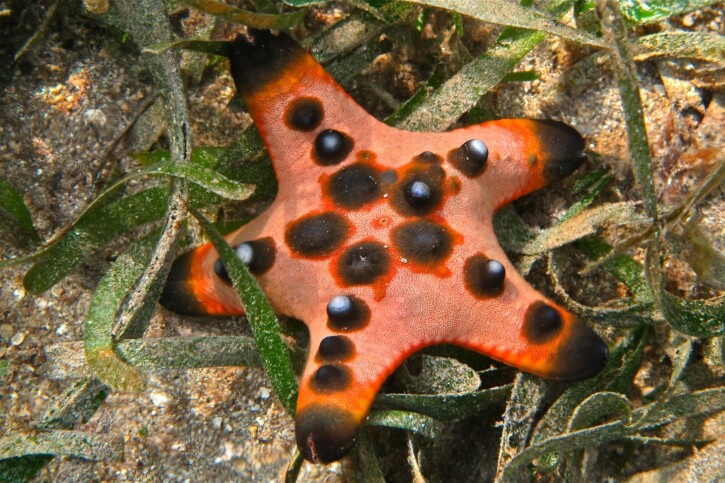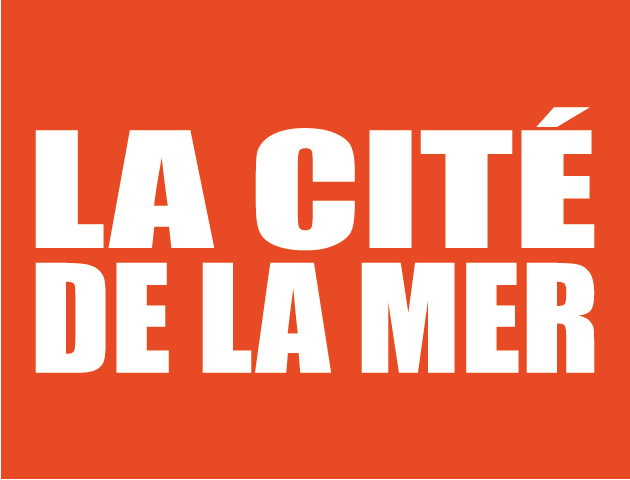horned sea star
| Scientific name | Protoreaster nodosus |
|---|---|
| Descriptor | Linnaeus |
| Year of description | 1758 |
| IUCN category | NE |
| Family | Oreasteridae |
| Genus | Protoreaster |


Introduction
Protoreaster nodosus, commonly known as horned sea star, is a salt water echinoderm.
Who is it?
Morphology
-
Size20 - 30 cm
-
Size20 - 30 cm
How to recognize the horned sea star ?
The horned sea star measures between 20 and 30 cm. This echinoderm is multicolore with a predominantly jaune, bleu, vert, orange and rose body.
Behaviour & Life cycle
-
dietscavenger
-
Sociabilityliving in a group or alone
-
territorialNo
-
Way of livingdiurnal
The horned sea star is an echinoderm living in a group or alone naturally found on the bottom. This species is scavenger .
Although the horned sea star is non-territorial, it is sometimes aggressive towards other species.
Reproduction
-
Reproductionovipare
-
Active sexual selectionNo
The horned sea star is an echinoderm ovipare.
Harmless species
This species does not represent any particular threats to humans when encountered in its natural environment.
Where to find it?
What is its habitat?
Natural environment characteristics
-
Temperature25 - 29 °C
-
Depth0 - 37 m
Biotope presentation
The horned sea star is most often found at a depth between 0m and 37m. However, it is not impossible to find this species at other depths.
Species of the same biotope
To go further
Sources & Contributions
Participation & Validation
The Fishipedia team and specialist contributors are committed to providing high-quality content. However, although the information comes from scientific sources or testimonials from specialists, the cards may contain inaccuracies.

Aurélien Calas

Adrien Falzon
Translation
Translation done with the valuable contribution of our translators, who make this information available to a wider audience. We sincerely thank them for their commitment.
Tags
Same genus
Species of the same biotope
Scientific partners

















